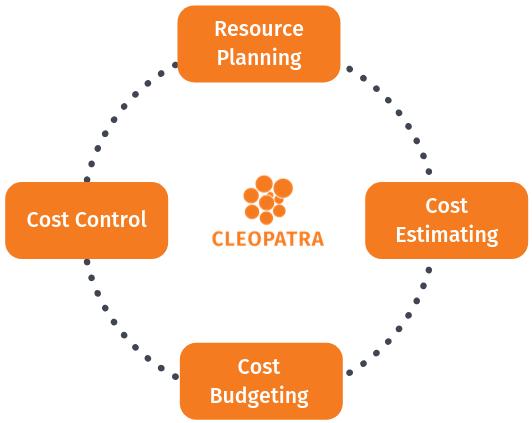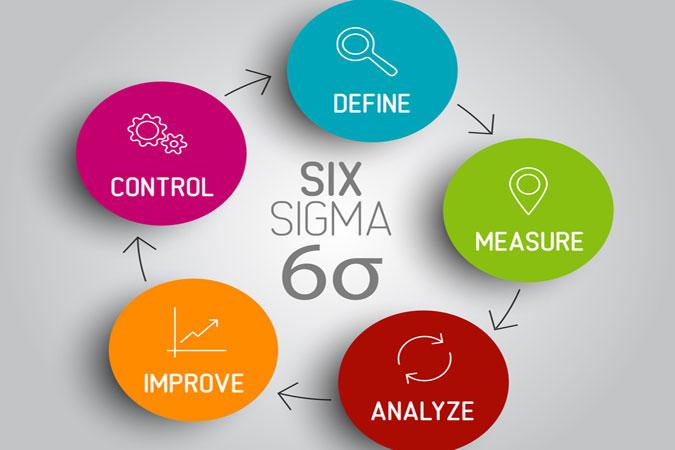3.2 Select a range of data analysis tools/models and evaluate the contribution to the success of an intervention project in using a range of tools/models Data analysis is the process of working on data with the purpose of arranging it correctly, explaining it, making it presentable, and finding a conclusion from that data. As we learned in 3.1, data analysis is conducted for finding useful information from data to make rational decisions. During 3.1, we introduced to some core overarching management of information concepts, such as PESTLE and SWOT. In this section, we will provide an overview of the operations of data analytics; the gathering, synthesising, interpreting and presenting of key data sets. As it is done for decision making, it is important to understand the sole purpose of data analysis. To re-emphasise . . . the main purpose of data analysis is interpretation, evaluation & organisation of data and to make the data presentable (Foreman: 2013). There are two methods of data analysis: 1. Qualitative Analysis – underlying meanings, motivations, interpretations 2. Quantitative Analysis – statistics, probabilities and trends. Potentially predictive. Qualitative Analysis: Qualitative Analysis is done through interviews, openended surveys and observations. Quantitative Analysis: Quantitative Analysis is done through surveys, statistical analysis and experiments. The Data Analytics Process includes: 1. Data Collection 2. Working on and honing data quality 3. Building the model
UNIT 5030 PLANNING AND MANAGING CONSULTANCY INTERVENTIONS

Issuu converts static files into: digital portfolios, online yearbooks, online catalogs, digital photo albums and more. Sign up and create your flipbook.









